SUMMARY
This is AI generated summarization, which may have errors. For context, always refer to the full article.
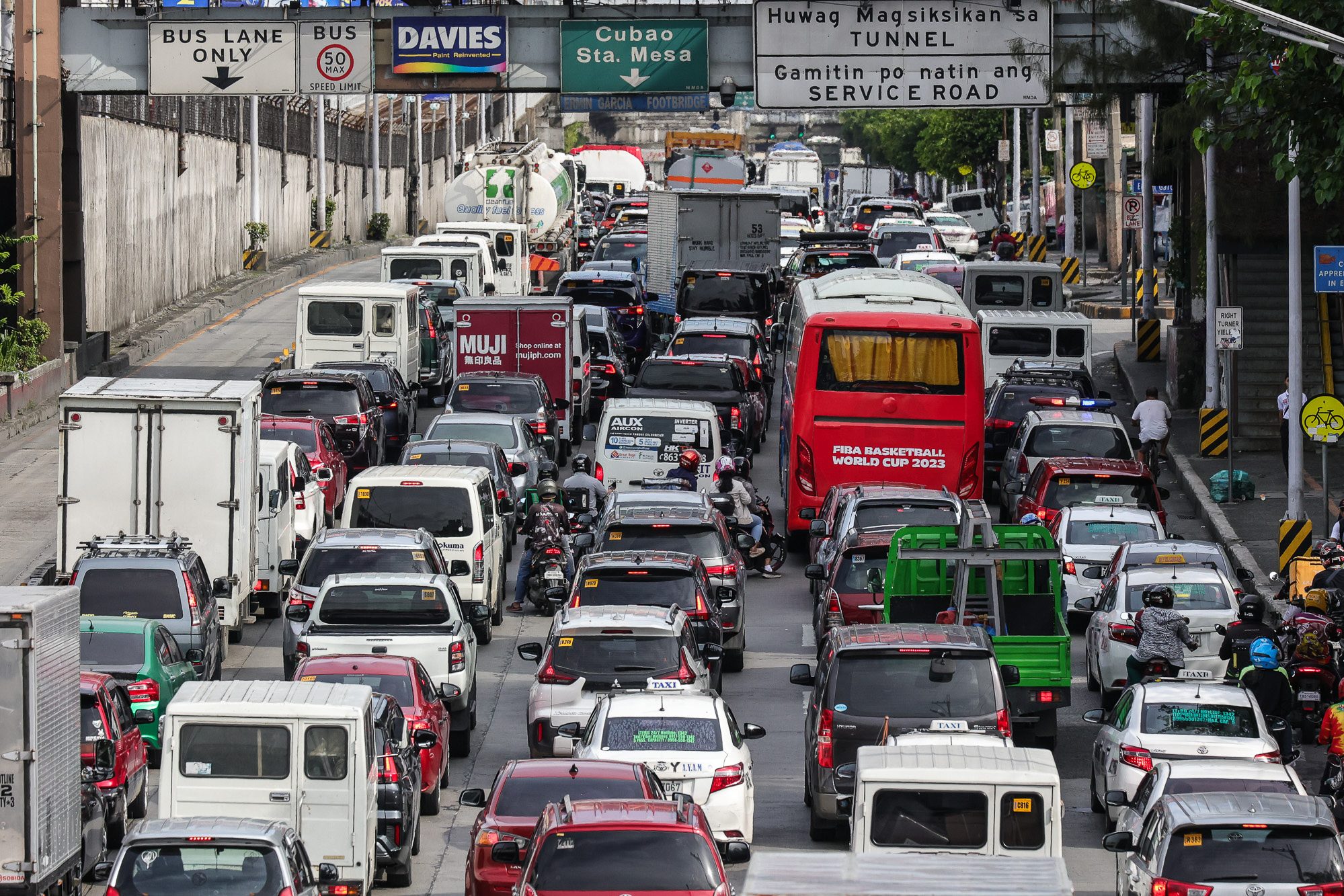
MANILA, Philippines – Local government offices in Metro Manila will operate from 7 am to 4 pm instead of the usual 8 am to 5 pm starting May 2, in response to worsening traffic problems.
“The persistent traffic congestion in Metro Manila demands innovative solutions for the improvement of commuting conditions and the well-being of the citizens of the [National Capital Region],” read a Metro Manila Council resolution dated February 28.
Metropolitan Manila Development Authority Acting Chairman Don Artes announced the new working hours on Wednesday, April 10, during President Ferdinand Marcos Jr.’s town hall meeting on traffic woes.
Originally, the new work hours were supposed to take effect starting Monday, April 15. But in an MMDA press conference on Friday, April 12, Metro Manila Council head and San Juan City Mayor Francis Zamora said the shift will instead start on May 2. This is to give more time for the public to prepare.
Even after the shift in work hours takes effect, a skeletal workforce will still be left in local government offices until 5 pm to assist those transacting there. Zamora said this will continue until the public is already used to the 7 am to 4 pm schedule.

Meanwhile, the resolution also “strongly” encourages national government agencies in Metro Manila to adopt the adjusted working hours.
Artes disclosed that out of 645,000 government employees in Metro Manila, approximately 22%, or 145,000 individuals, own vehicles.
During the town hall, Artes outlined several policies implemented under his watch, including the ban on e-trikes, increased fines for illegal use of the EDSA bus lane, stiffer penalty for illegal parking, and the establishment of exclusive motorcycle lanes along Commonwealth Avenue in Quezon City.
He also announced plans to expand motorcycle lanes across the metro and add more Mabuhay Lanes.
According to the 2023 TomTom Traffic Index, Metro Manila ranks as the top metro area with the slowest travel time out of 387 cities across 55 countries. On average, it takes 25 minutes and 30 seconds to travel 10 kilometers in Metro Manila. – Rappler.com
Improving transportation infrastructure and policies is part of the call of various groups to #MakeManilaLiveable. On Rappler, we have created a dedicated space for stories and reports about liveability in Philippine cities. Learn more about the movement here.
1 comment
How does this make you feel?
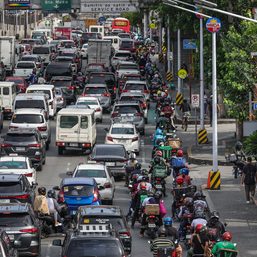
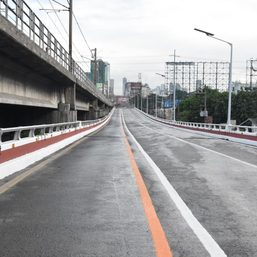
![[EDITORIAL] Kamaynilaan para sa tao, hindi para sa mga sasakyan](https://www.rappler.com/tachyon/2024/04/animated-traffic-april-2024-carousel.jpg?resize=257%2C257&crop=410px%2C0px%2C720px%2C720px)
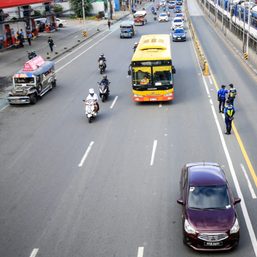
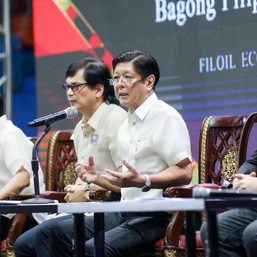
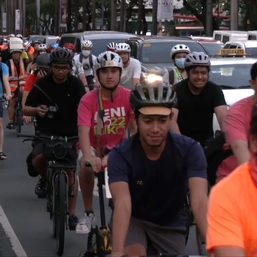

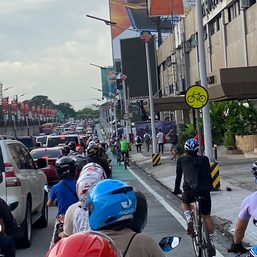
Whoever came up with this idea, you failed to mention.